Vertical compressive static load test of single pile
The single pile vertical compressive static load test refers to the uniform transmission of the vertical load to the building foundation pile, By measuring the settlement degree of the pile top of a single pile under different loads, the Q-S curve and S-lgt auxiliary curve of static load test are obtained, then, according to the curve, the characteristic value of the vertical compressive capacity of a single pile and other parameters are derived.
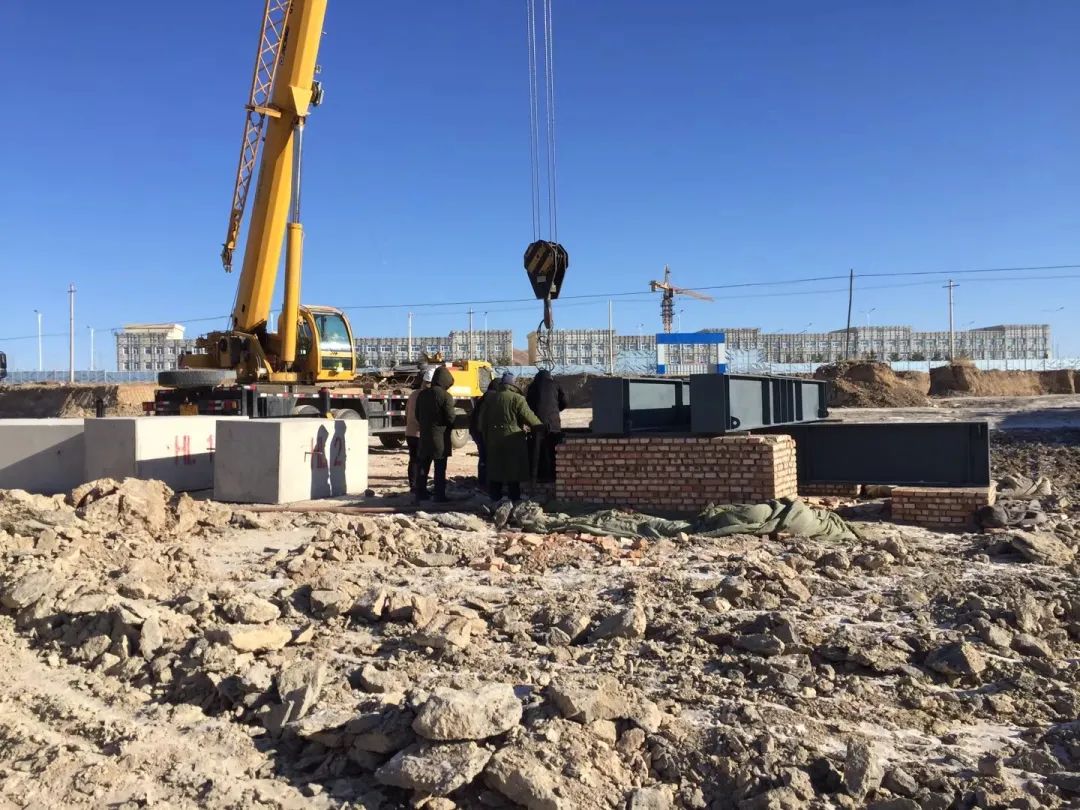
Test purpose
Determine the vertical compressive ultimate bearing capacity of single pile;
Determine whether the vertical compressive bearing capacity meets the design requirements;
By embedding strain and displacement sensors or displacement rods in the pile body, the internal force of the pile body is tested, the layered resistance and end resistance of the pile are calculated, and the test results of the vertical compressive bearing capacity of a single pile by the high strain method are verified.
Vertical uplift static load test of single pile
The vertical uplift static load test of a single pile refers to the vertical uplift force applied on the top of the pile step by step, The test method to determine the vertical uplift bearing capacity of the corresponding single pile by observing the uplift displacement of the pile top with time.
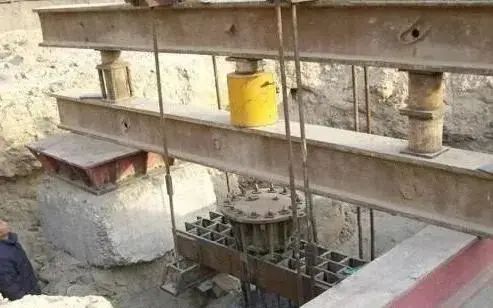
Test purpose
Determine the vertical uplift ultimate bearing capacity of single pile;
Determine whether the vertical uplift bearing capacity meets the design requirements;
Through the strain and displacement test of the pile body, the uplift side resistance of the pile is measured.
Horizontal static load test of single pile
The horizontal static load test of single pile refers to the test method to determine the horizontal bearing capacity of single pile and the horizontal resistance coefficient of foundation soil by using the method close to the actual working conditions of horizontally loaded piles, or to inspect and evaluate the horizontal bearing capacity of engineering piles. The single pile horizontal load test should adopt the one-way multi cycle loading and unloading test method. When it is necessary to measure the pile stress or strain, the slow maintenance load method should be adopted.
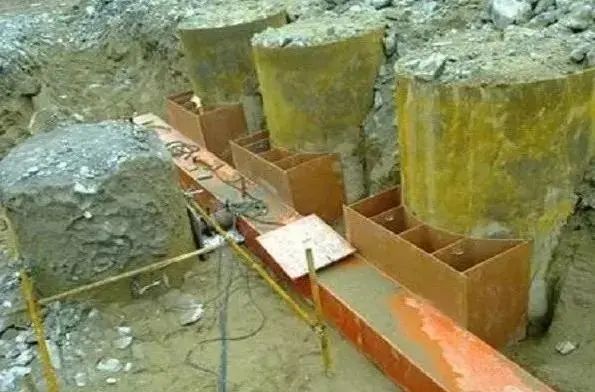
Test purpose
Determine the horizontal critical and ultimate bearing capacity of a single pile;
Estimated soil resistance parameters;
Determine whether the horizontal bearing capacity or horizontal displacement meets the design requirements;
Through the pile strain and displacement test, the pile bending moment is measured.
Core drilling method
The drilling and coring method mainly uses a drill (generally 10mm inner diameter) to extract the core of the foundation pile. According to the extracted core sample, a clear judgment can be made on the length of the foundation pile, the concrete strength, the sediment thickness at the bottom of the pile, and the condition of the bearing layer.
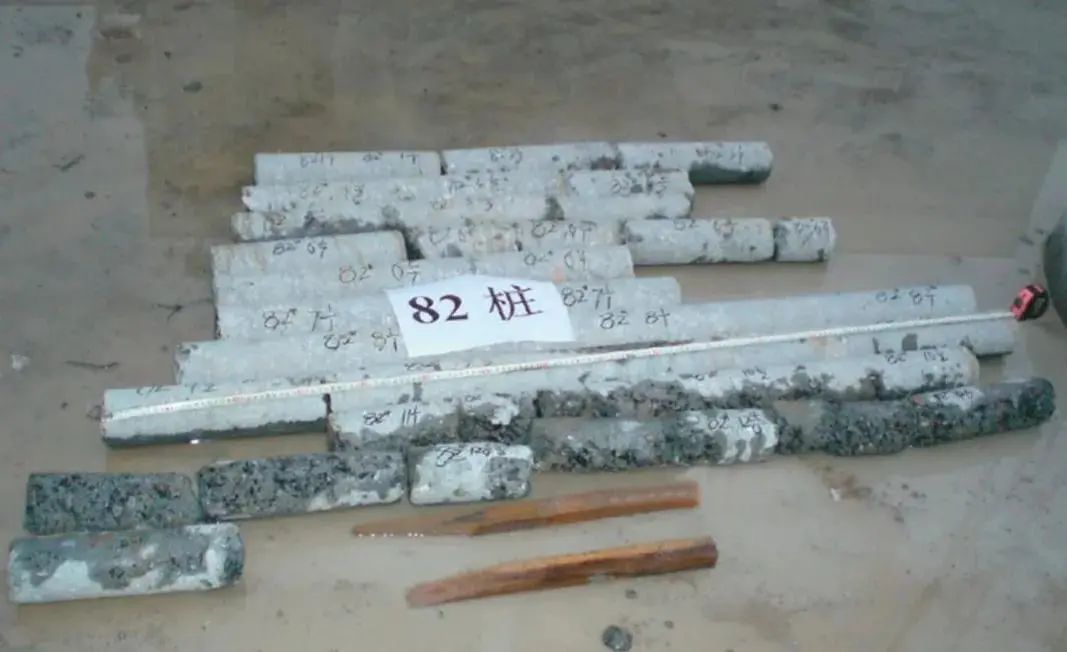
Test purpose
Measure and inspect the pile length of the cast-in-place pile, the concrete strength of the pile body, and the sediment thickness at the bottom of the pile, judge or identify the geotechnical properties of the bearing layer at the pile end, and determine the integrity category of the pile body.
Low strain method
The low strain detection method uses a small hammer to knock the pile top, receives the stress wave signal from the pile through the sensor bonded to the pile top, uses the stress wave theory to study the dynamic response of the pile-soil system, and analyzes the measured speed signal and frequency signal, so as to obtain the integrity information of the pile.
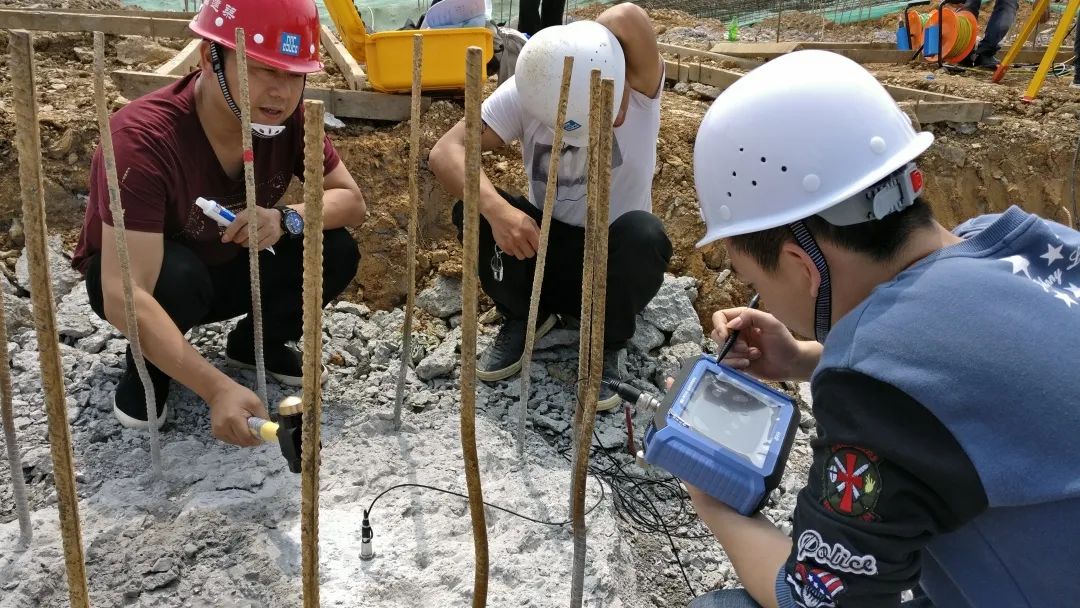
Test purpose
Detect the pile defects and their positions, and determine the pile integrity category.
High strain method
The high strain detection method is a method to detect the integrity of the pile foundation and the vertical bearing capacity of a single pile. This method uses a hammer with a hammer weight of more than 0.02 times the characteristic value of the vertical compressive bearing capacity of a single pile to hit the pile top in a free fall manner, so as to obtain the relevant dynamic coefficient. The specified program is applied to analyze and calculate to obtain the integrity parameters of the pile body and the vertical bearing capacity of a single pile, also known as case method or cap WAP method.
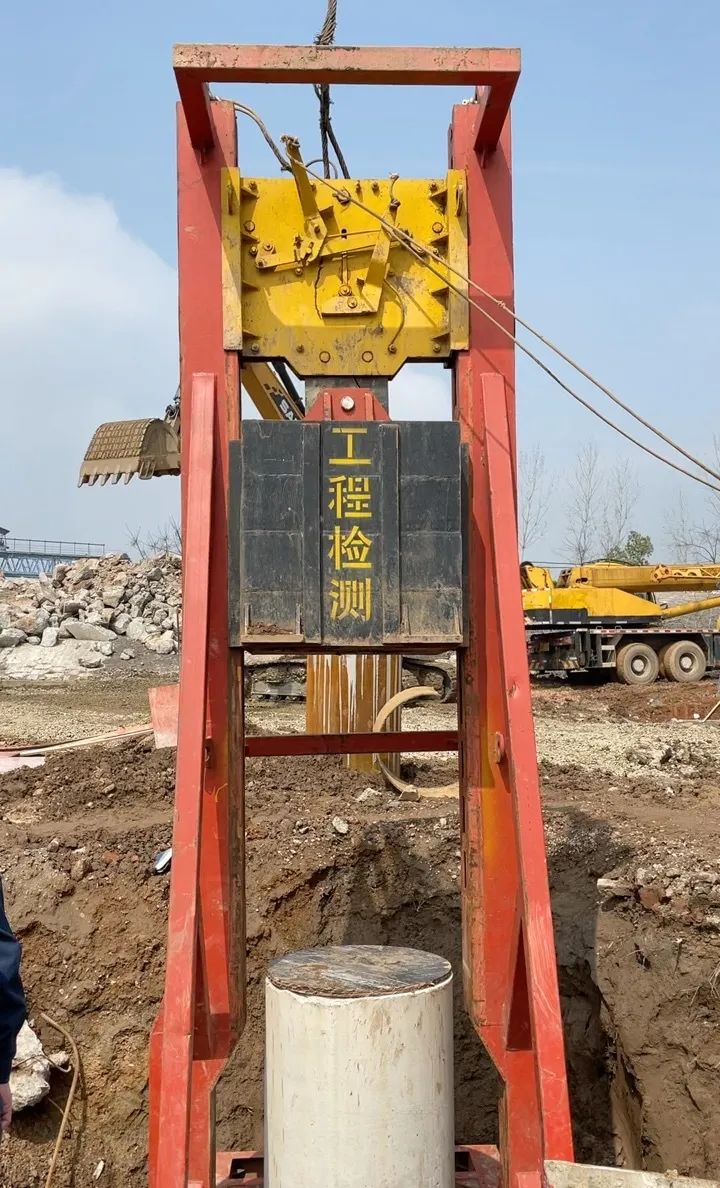
Test purpose
Determine whether the vertical compressive bearing capacity of a single pile meets the design requirements;
Detect the pile defects and their positions, and determine the pile integrity category;
Analyze the soil resistance of pile side and pile end;
Monitor the piling process.
Crosshole sonic logging
The acoustic transmission method is to embed several pipes in the pile before pouring the concrete of the pile foundation as the channel of the ultrasonic pulse transmitting and receiving probe, use the ultrasonic detector to measure the acoustic parameters when the ultrasonic pulse passes through each cross section point by point along the longitudinal axis of the pile, and then use various specific numerical judgments or visual judgments for these measured values. After processing, measure the defects and positions of the pile body, and determine the integrity category of the pile body.
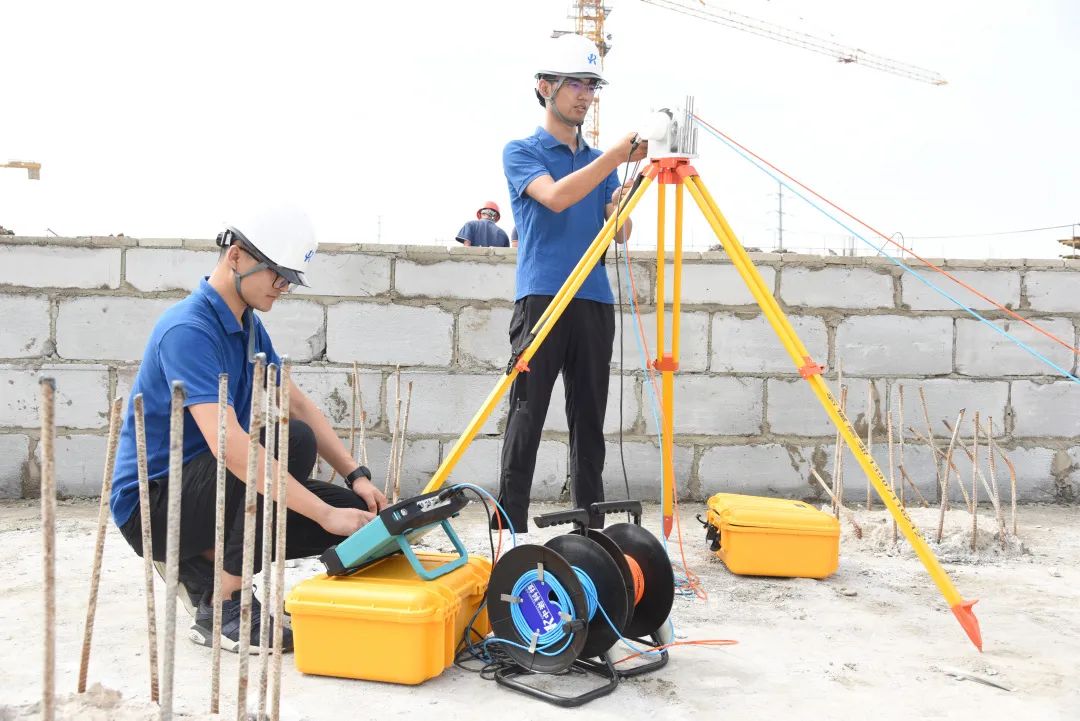
Test purpose
Detect the defects and positions of the cast-in-place pile body, and determine the integrity category of the pile body
Key points of foundation pile inspection
Selection conditions of inspected piles for acceptance inspection:
(1) Piles with questionable construction quality;
(2) Piles with abnormal local foundation conditions;
(3) Select some class III piles during the acceptance of bearing capacity;
(4) Piles considered important by the designer;
(5) Piles with different construction processes;
(6) It should be selected evenly and randomly according to the regulations.
During the acceptance test, the pile integrity test should be carried out first, and then the bearing capacity test. The pile integrity test shall be carried out after the foundation pit excavation.
The integrity of pile body is classified into four categories: class I pile, class II pile, class III pile and class IV pile.
Class I pile: the pile body is complete;
Class II pile: the pile body has slight defects, which will not affect the normal play of the bearing capacity of the pile body structure;
Class III pile: the pile body has obvious defects, which have an impact on the bearing capacity of the pile body structure;
Class IV pile: the pile body has serious defects.
The characteristic value of the vertical compressive bearing capacity of a single pile shall be taken as 50% of the vertical compressive ultimate bearing capacity of a single pile. The characteristic value of the vertical uplift bearing capacity of a single pile shall be taken as 50% of the vertical uplift ultimate bearing capacity of a single pile.
Determination of characteristic value of horizontal bearing capacity of single pile:First, when the pile body is not allowed to crack or the reinforcement ratio of cast-in-place pile body is less than 0.65%, take 0.75 times of the horizontal critical load; Second, for reinforced concrete precast piles, steel piles and cast-in-place piles with a reinforcement ratio of not less than 0.65%, take 0.75 times the load corresponding to the horizontal displacement at the design pile top elevation (horizontal displacement value: 6mm for buildings sensitive to horizontal displacement and 10mm for buildings insensitive to horizontal displacement, meeting the requirements of pile cracking resistance).
When the core drilling method is selected, the drilling quantity and location requirements of each tested pile are as follows: The pile with pile diameter less than 1.2m can be 1~2 holes;
The pile with pile diameter of 1.2~1.6m should have 2 holes;
The pile with pile diameter greater than 1.6m should have 3 holes;
The drilling position should be evenly and symmetrically arranged within the range of (0.15~0.25) d from the pile center.





